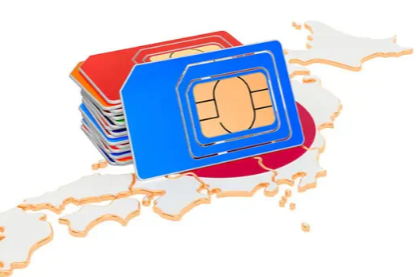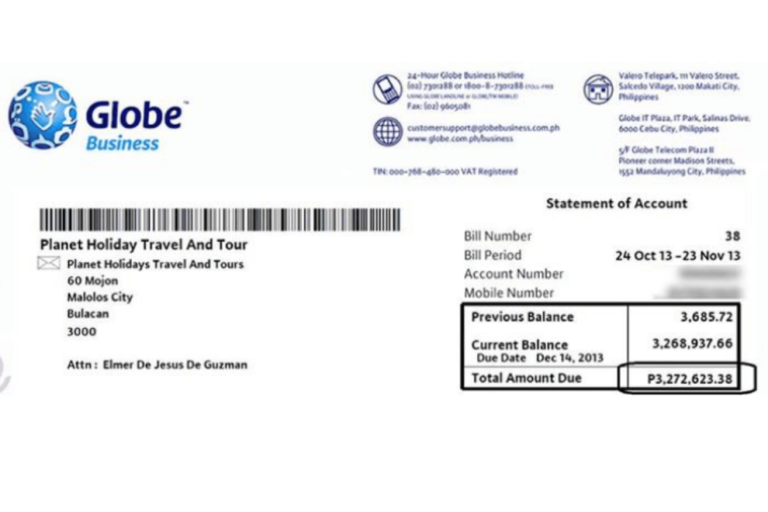What You Need to Know Before Registration
Registering with DTI is required for sole proprietors. However, it’s important to ensure your chosen business name complies with DTI’s naming rules. Be prepared with multiple options and check availability before proceeding.
Introduction
DTI company name registration is a must for aspiring entrepreneurs in the Philippines. By registering your business name, you ensure legal protection and establish credibility in your industry. This guide breaks down each step, from preparing your business name to obtaining your DTI Business Name Certificate. You’ll also find helpful tips to avoid common pitfalls during the registration process.
Why DTI Company Name Registration Matters
DTI company name registration is essential for sole proprietors who want to operate legally in the Philippines. By registering your business name, you gain exclusive rights to use that name within your specified business scope and location. It also helps build trust with potential customers, showing that your business is legitimate and compliant with government regulations. Without registration, you risk legal complications or having another business use a similar or identical name.
Read Also: Company Information Website
Step by Step Guide to DTI Company Name Registration
Step 1: Prepare Your Business Name
Your first task is to brainstorm and select a unique business name. DTI has specific rules for naming businesses. The name should not be similar to existing companies, include offensive language, or imply government affiliation. To avoid delays, prepare at least three name options to ensure one of them is approved.
Step 2: Check Name Availability
Once you have your preferred names, visit the DTI website or your nearest DTI office to check if the business names are available. This is an essential step to avoid duplicating an existing business name, which could result in rejection.
Step 3: Complete the Application Form
You can apply for a business name either online via the DTI Business Name Registration System (BNRS) or by visiting a DTI office. Fill out the application form carefully, providing accurate details such as your business address, nature of business, and selected business name.
Step 4: Pay the Registration Fee
The fee for DTI company name registration varies depending on your business location. For barangay-level registration, it costs around PHP 200, while city-level registration is around PHP 500. Payments can be made online or in person.
Step 5: Receive Your Business Name Certificate
Once the registration fee is paid and the business name is approved, you will receive your Business Name Certificate. This certificate is valid for five years and must be renewed before expiration to retain your business name rights.
Common Mistakes During DTI Company Name Registration
Although the DTI registration process is straightforward, some entrepreneurs make mistakes that lead to delays or denials. Here are a few common mistakes:
- Using Restricted Words: Some words are restricted, such as terms implying government backing, like “national,” “Philippine,” or “Republic.”
- Failure to Check Name Availability: Many applications get rejected because entrepreneurs fail to check if their business name is already taken.
- Incorrect Information: Filling out the form with incorrect or incomplete details can delay the process. Always double-check the form before submission.
Benefits of Registering Your Business Name with DTI
- Legal Protection: Once registered, your business name is protected within your geographic scope. No other business can legally use your name.
- Credibility: Registering a business name enhances your company’s reputation, showing that you are a legitimate, compliant entity.
- Access to Business Resources: A registered business can take advantage of government programs, bank loans, and more opportunities not available to unregistered businesses.
What Comes After DTI Company Name Registration?
Once you have your DTI Business Name Certificate, you’re not entirely done. You will need to complete other steps to fully operate legally, such as:
- Registering with the Bureau of Internal Revenue (BIR): You’ll need to get a Taxpayer Identification Number (TIN) and register your business for tax purposes.
- Securing Local Government Permits: Check with your local government unit (LGU) to get permits such as a mayor’s permit and barangay clearance.
- Registering with Social Security Systems (SSS): If you plan to hire employees, you must register your business with SSS, Pag-IBIG, and PhilHealth.
Conclusion
DTI company name registration is an essential process for sole proprietors in the Philippines. By securing your business name, you not only protect your brand but also establish credibility with customers and partners. Follow the step-by-step guide, avoid common mistakes, and ensure you comply with all necessary requirements to get your business up and running smoothly.
Read more: Exploring the Mundo Globe: A Comprehensive Guide
Article Analysis Using Google’s Helpful Content Standards:
Expertise:
- Strengths: The article provides a clear, accurate explanation of the DTI company name registration process. It lays out each step in detail, offering practical advice and tips that demonstrate an understanding of the topic.
- Areas for Improvement: While the steps are well-detailed, adding references to government sources or citing official regulations would enhance credibility and depth.
Accuracy:
- Strengths: The information provided is factual, particularly regarding fees, steps, and requirements. The mention of common mistakes adds a layer of helpfulness to the reader.
- Areas for Improvement: Include more precise, up-to-date figures (such as current fee structures) and link to official DTI guidelines to further verify accuracy.
Transparency:
- Strengths: The article clearly explains the registration process without ambiguity, offering a transparent overview of what entrepreneurs can expect.
- Areas for Improvement: Adding direct links to the DTI website, BNRS platform, and official documents for readers to consult would enhance transparency.
Comprehension:
- Strengths: The content is easy to follow, with well-organized sections and subheadings. The tone is accessible to both beginners and experienced entrepreneurs.
- Areas for Improvement: Including a short FAQ section to answer possible questions (e.g., what to do if a business name is rejected, or renewal requirements) would improve comprehension for all readers.
Reader Value:
- Strengths: The article is focused and offers actionable value to readers seeking to register their business names. It provides all necessary information in one place, cutting down on the need for additional research.
- Areas for Improvement: Offering insights or comparisons on DTI name registration vs. other forms of business registration (such as SEC for corporations) would add extra value to readers exploring different options.




